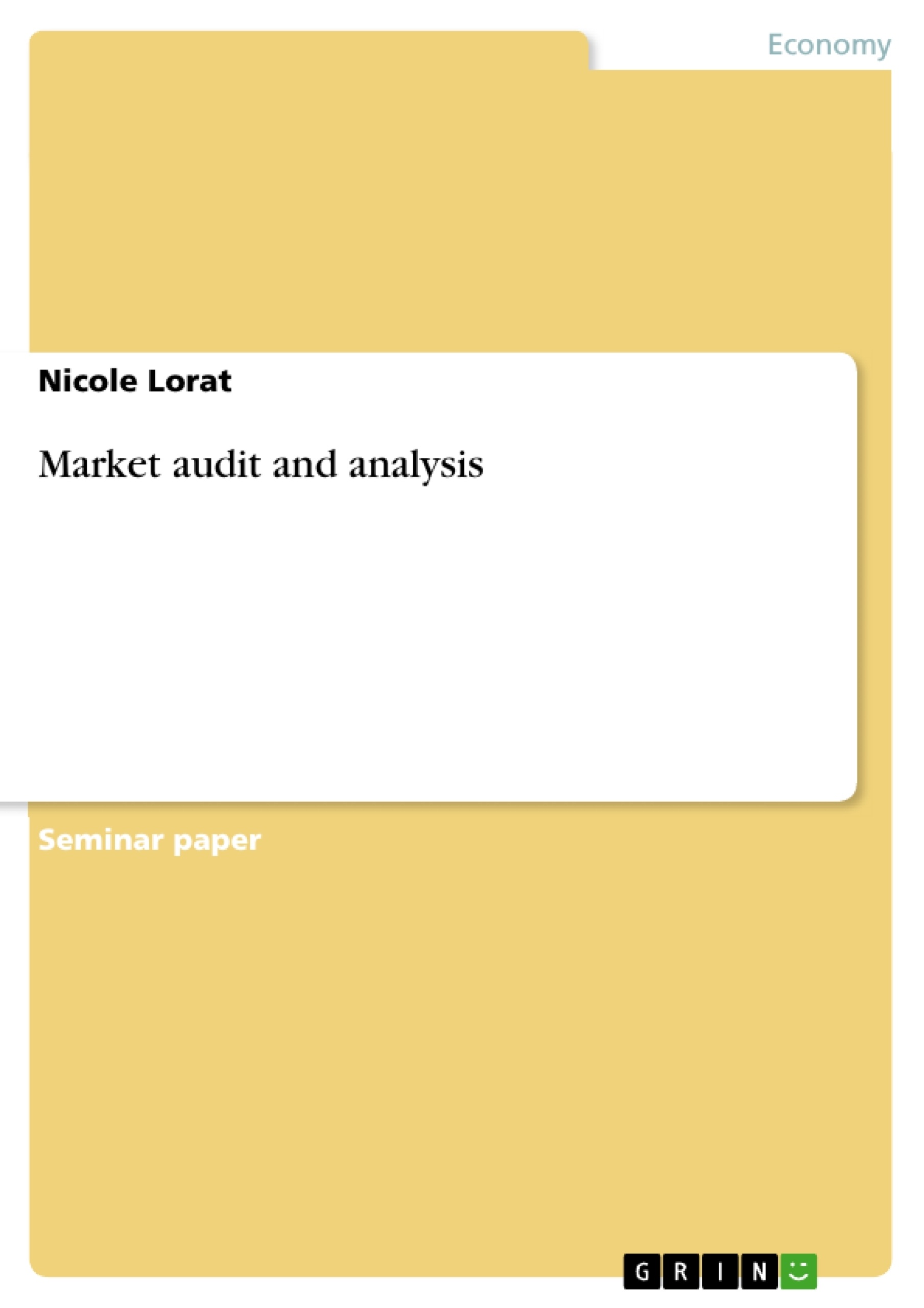Excerpt
Table of Contents
1 Introduction / Purpose
2 Marketing Environments
2.1 Micro Environment
2.2 Macro Environment
3 The role of marketing information and research
4 Critical assessments of analytical tools
4.1 PESTEL Analysis
4.2 Porter’s five force analysis
4.3 SWOT analysis
4.4 Boston Matrix
5 Appendices
1 Introduction / Purpose
Company X[1] is one of the world's biggest Power & Control component specialists with three international brands: A, B, C[2].
X is in the process of conducting a complex marketing audit to provide information for corporate planning[3], identifying external factors influencing its commercial performance[4] and ensuring the use of effective strategies to promote its products, markets and distribution channels in a complex and diversified market place.
This report is to help the organisation evaluate the most appropriate analysis tools.
2 Marketing Environment
The marketing environment is a key factor when planning a company’s direction, with three key inward and outward looking perspectives as illustrated[5], namely
- Macro-environment
- Micro-environment
- Internal environment
illustration not visible in this excerpt
2.1 Micro Environment
This includes direct and indirect suppliers, consumers, customers, other local stakeholders and the internal environment over which the company exercises a degree of control.
Company X has to carefully identify all stakeholders; i.e. target audiences such as OEM’s, system integrators and end-users, with their differing needs and requirements.
The internal environment is audited by applying the 'Five Ms':
- Men
- Money
- Machinery
- Materials
- Markets
2.2 Macro Environment
Macro-environmental factors cannot be directly controlled by management actions[6], but impact on the organisations performance. It is important to be aware of the current situation and development to be able to adapt.[7]
It is typically analysed using PESTEL analysis (see 4.1) and comprises external market influences as well as customers, competitors and suppliers markets, i.e. changing legislation in the market of a refuse management company might require an adapted type of sensors being provided by company X.
3 The role of marketing information and research
Before a company can plan where to go, it needs to understand its current position, its own capabilities and the overall market place including external current and expected influences.
Without qualified information, strategic decisions may result in the objectives not being met, and the strategy being revised as a result of unexpected and critical market developments resulting in high cost and possible image damage.
By utilising quantitative research as sales analysis, syndicated research and questionnaires, company X can identify current trends and address weaknesses. Overlaying this with qualitative research those factors can be further discussed and solutions for improvement identified.
Product group sales information is being passed onto industrial associations, feeding back condensed market and competitor information (market share/size). These qualitative research results can be used in the Boston Matrix and Porter’s Five Forces Analysis.
Group discussions with appropriate channel members, together with field interviews will enable
company X to identify key factors regarding the product and environment and feed them into the PESTEL and SWOT analysis. Qualitative factors can be further quantified using value mapping to assess Company X’s market position.
All information is managed and controlled by the entity marketing managers, being tracked on a monthly, quarterly and yearly basis and being and with this being made accessible to relevant marketing and sales staff.
Marketing information and research has to be used in determining and assessing the performance to the business objectives.
[...]
[1] Confidential
[2] Confidential
[3] Professional Diploma in Marketing, Paper 6: Marketing Planning, Study Text, BPP, ISBN: 0-7517-1590-5, page 51
[4] The Marketing Book, 4th Edition, Michael J. Baker, Butterworth Heinemann, ISBN: 0-7506-4114-2, page 52
[5] http://www.marketingteacher.com/Lessons/lesson_marketing_environment.htm
[6] Professional Diploma in Marketing, Paper 6: Marketing Planning, Study Text, BPP, ISBN: 0-7517-1590-5, page 56
[7] Professional Diploma in Marketing, Paper 6: Marketing Planning, Study Text, BPP, ISBN: 0-7517-1590-5, page 52
- Quote paper
- Nicole Lorat (Author), 2005, Market audit and analysis, Munich, GRIN Verlag, https://www.grin.com/document/51413
Publish now - it's free






















Comments